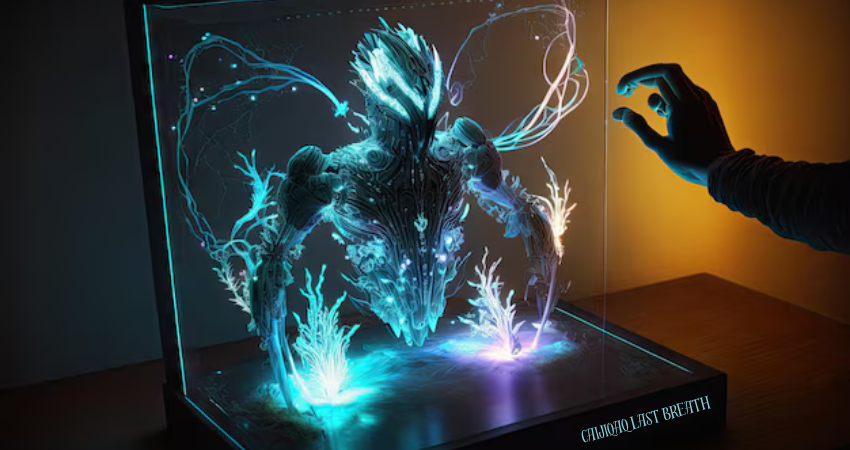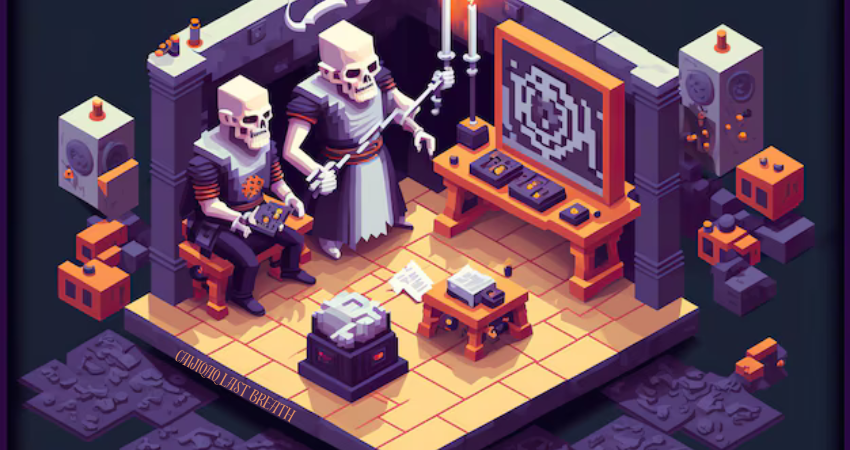Beneath the shifting sands of forgotten deserts, under the shadow of mountains untouched by time, lies the story of the caijiqaq last breath, an ancient creature whose name echoes like a whisper through the annals of history. Revered, feared, and shrouded in mystery, the tale of the Caijiqaq—its existence, its essence, and its enigmatic demise—lingers like a haunting melody that refuses to fade.
This is the story of the Caijiqaq’s last breath, a journey through epochs and emotions, told with reverence for the whispers of antiquity and the poetry of existence.
The Birth of a Legend
In the beginning, the world was raw and untamed. Mountains roared into the skies, rivers carved their poetry into the earth, and forests hummed with life’s first breaths. Among these primordial landscapes, the caijiqaq last breath emerged—a being unlike any other.
Described in myths as part-serpent, part-dragon, and part-phantom, the Caijiqaq was said to embody the elements themselves. Its scales shimmered like obsidian and moonlight, and its breath—oh, its breath!—was a tempest of creation, capable of giving life to the barren and extinguishing even the fiercest flame.
The Caijiqaq became more than a creature; it became a force, a symbol of life’s duality: creation and destruction, beginnings and endings. In the eyes of early civilizations, it was both a deity to be worshipped and a monster to be feared.

The Age of the Caijiqaq
As humankind began to etch its mark upon the earth, stories of the Caijiqaq grew. Carvings in stone caves depicted its sinuous form, surrounded by fire and water. Songs sang of its roar, a sound that could shatter mountains and summon storms. To some, it was the guardian of the balance between nature and mankind; to others, it was an omen of doom.
Ancient texts, worn by time but rich in their detail, described the Caijiqaq as a wanderer. Unlike other mythical beings tied to one realm or domain, the Caijiqaq roamed freely. Its movements were said to align with celestial events—the eruption of a volcano, the passing of a comet, or the sudden blooming of desert flowers.
The Breath That Shaped Worlds
Central to every story of the Caijiqaq was its breath, a gift and a curse. Legends tell of valleys lush with vegetation where the Caijiqaq exhaled, and wastelands where its anger scorched the earth.
Some claimed the creature could breathe stars into existence, its sighs leaving constellations in the night sky. Others believed its breath held the key to immortality—a single exhale could cure any ailment, while its wrathful inhale could drain the very soul.
One tale speaks of the Caijiqaq saving a village stricken by drought. With a deep, resonant sigh, it breathed life into the parched land. But as the crops flourished and rivers swelled, the people’s gratitude turned to greed. They sought to capture the Caijiqaq, to make its powers their own. The creature, betrayed, vanished into the wilderness, leaving the village to its hubris and despair.
The Guardians of the Caijiqaq
Throughout history, there were those who claimed to be the guardians of the Caijiqaq’s legacy. Shamans, sages, and wanderers carried its tales across generations, preserving its memory like a sacred flame.
One such sect, the Keepers of the Last Breath, believed the Caijiqaq was not a mere creature but the embodiment of the Earth’s soul. They dedicated their lives to ensuring its protection, performing rituals in its honor and beseeching it to maintain balance in a world slipping toward chaos.
The Keepers held that the Caijiqaq’s last breath would come not in death, but as a final act of renewal—a resetting of the world’s scales. And so, they waited, vigilant and unwavering.
The Decline of the Caijiqaq
As the march of civilization turned forests into cities and rivers into roads, the Caijiqaq began to fade from memory. The roar of machines drowned out the whispers of the wild, and the legends of old were dismissed as mere stories.
Yet, some still sought the Caijiqaq. Explorers combed the wilderness, treasure hunters pursued its supposed relics, and scholars debated its existence. But the creature, it seemed, had withdrawn into the deepest, most inaccessible corners of the earth, retreating from a world no longer in harmony with itself.
The Final Sighting
The last recorded sighting of the Caijiqaq occurred centuries ago, in a desolate expanse of desert known as the Whispering Dunes. A group of nomads claimed to have seen a shadow moving across the moonlit sands, its form vast and ethereal.
They spoke of a sound—low and mournful, like the earth itself was sighing. As dawn broke, they found strange markings in the sand, symbols they could not decipher. The nomads believed this was the Caijiqaq’s farewell, its final journey into the unknown.
The Mystery of the Last Breath
And so, the world waits. The Caijiqaq’s last breath remains a mystery, an event prophesied but never witnessed. Some say it has already happened, that the world is now living in the echoes of that final exhale. Others believe it is yet to come, a moment that will reshape existence itself.
What would such a breath bring? Renewal or destruction? Hope or despair? The uncertainty lingers like a question unanswered, a song unfinished.
The Legacy of the Caijiqaq
Though the Caijiqaq may no longer roam the earth, its spirit endures. In the rustle of leaves, the crash of waves, and the howl of the wind, there is a trace of its presence. Artists paint it, poets write of it, and dreamers see it in their visions.
Its story reminds us of life’s fragility and resilience, of the balance we must strive to maintain. It is a call to remember the wild, to honor the unseen forces that shape our world.
A Reflection on Endings
The Caijiqaq’s tale is not merely one of loss but of transformation. Its last breath, whenever and however it comes, is a reminder that endings are not finite—they are beginnings in disguise. Just as the Caijiqaq gave life with its breath, so too might its final exhale sow the seeds of a new era.

The Eternal Whisper
And so, the caijiqaq last breath legacy is an eternal whisper, carried by the winds of time. Its story is a mirror, reflecting our own struggles, triumphs, and the delicate dance between humanity and nature.
As we stand at the crossroads of history, let us remember the Caijiqaq—not as a creature of myth, but as a symbol of the beauty and power that lie within the unknown. For in the end, the Caijiqaq’s last breath is not just a moment in time; it is a promise, a dream, and a song that will echo forever.
FAQs
What is the Caijiqaq?
The Caijiqaq is an ancient mythical creature described as part-serpent, part-dragon, and part-phantom, revered for its elemental powers and symbolic connection to life and balance.
Did the Caijiqaq really exist?
While there is no scientific evidence of the Caijiqaq’s existence, it lives on in myths, legends, and the cultural memory of ancient civilizations.
What does the Caijiqaq’s last breath symbolize?
The Caijiqaq’s last breath symbolizes transformation, balance, and renewal—an ending that paves the way for new beginnings.
Where was the Caijiqaq last seen?
The last recorded sighting of the Caijiqaq was in the Whispering Dunes, a mysterious desert where nomads claimed to witness its ethereal presence.
Why is the Caijiqaq’s story important today?
The Caijiqaq’s story serves as a reminder of the delicate balance between humanity and nature, urging us to protect the world’s fragile ecosystems.
Could the Caijiqaq’s last breath still happen?
Many believe the Caijiqaq’s last breath is a future event, prophesied to reset the world’s balance. Others view it as a metaphor for renewal and change within ourselves.


